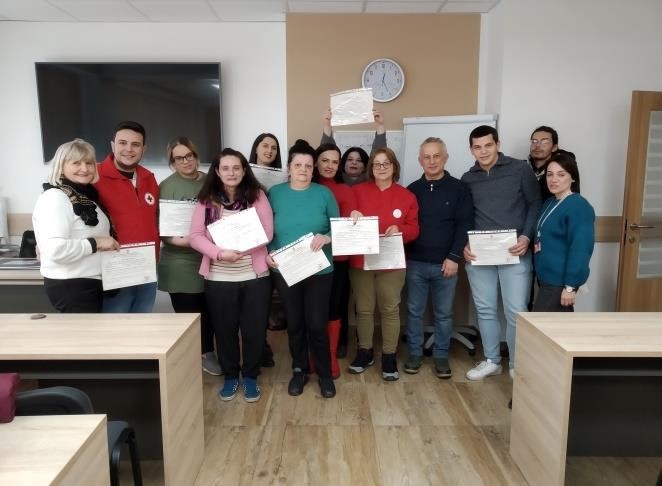To facilitate the continuity of social innovation projects, which are usually developed in a limited…

Preparing for the future: The added value of simulations to support the development of long-term care systems (European Center for Social Welfare Policy and Research Care Policy and Evaluation Centre, London School of Economics and Political Science)
As a key part of the formative research within the InCARE project, we have built simulation models that project the future demand for care in the three countries. These models can estimate the resources that would be needed to deliver different care and support approaches that respond to the needs and wishes of the population. They can be used as part of a wider policy toolkit to inform decision-making.
The models are based on the current Long-Term Care (LTC) system in each of the countries and consider expected demographic and societal changes. They have been built to simulate changes to the system to reflect potential policy reforms, including the scaling-up of the InCARE pilots. The identification of policy changes builds on other project activities developed in each of the countries including the Theory of Change, the situational analyses, and the findings from the InCARE survey.
The Spanish model has been developed in close collaboration with the Spanish InCARE teams in Imserso and Fundacion Matia, and with support from key Spanish researchers on LTC. It draws on a large new national population survey focused on disabilities of people living in the community, EDAD, and uses data from Imerso on the population living in care homes. The policy context for the Spanish model has been informed by the parallel development of a National De-institutionalisation Strategy and other key policy developments in Spain. The model will able to run scenarios that reflect different approaches to increase the availability and resources to orient the system towards home and community-based care, and improved support for family carers.
The North Macedonian model was developed by the European Centre with support from the North Macedonia Ministry of Labour and Social Policy, using a combination of EU-SILC microdata and national administrative data on care use and benefits. The model anticipates that the population of older adults with severe dependency will increase by nearly 60% in 2040, requiring an additional 676 million MKD annually and a 77.1% in care workers to maintain the current level of care service/benefit coverage. As the current coverage of care benefits and services is quite low in the country, the alternative scenarios modelled the resources that would be needed to increase service and benefit provision to a level comparable to other European countries, finding that public expenditure would need to increase three-fold to ensure at least 10% of individuals with severe needs would receive care. The model also found that extending the North Macedonian pilot (emergency button in peoples’ homes) to be covered publicly would pose a limited additional cost to the state.
The Austrian model was primarily developed by the European Centre and the LSE, with the alternative future scenarios determined based on discussions with the Austrian Ministry of Social Affairs, Health, Care and Consumer Protection. The projection model uses a combination of microdata (SHARE, wave 8) and aggregated national statistics to map service use for older adults in 2019 and in 2035. The model found that population ageing will result in a substantial increase in demand for care services, requiring a 57% increase in public expenditure to 10.2 billion euros annually by 2035, and nearly 27.000 additional care workers. The model confirms the crucial role that informal carers play in the Austrian system, meriting further support in terms of financial and social protection. The alternative scenarios of the model suggest that investing in prevention holds potential for reducing expenditure, and that additional demand for care could be met through community-based care at a reasonable cost. The model vouches for increased investment in formal care services to ensure that services are available for those who require them in the future.



This Post Has 0 Comments